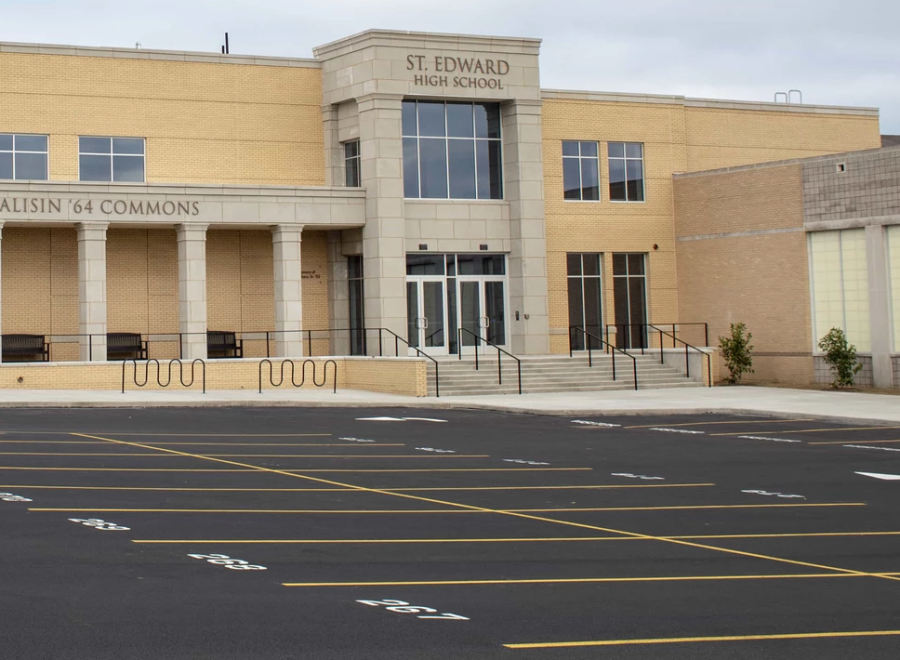With the election of Donald Trump in November of 2016; the Republicans seized control of all branches of the U.S. government. However, after the election Republicans have been fighting an intraparty battle keeping them from being able to put their substantial political power to use. The hardliners battle with the moderates and the leadership battles with all parts of the party trying to keep it together to pass its agenda. A controversial President Trump, makes matters worse by attacking members of his own party and proliferating an almost constant stream of twitter attacks against anyone who he deems a target. This has put the Democratic Party in position to wrest control of the Senate during the upcoming midterm election. But it may be tougher than Democrats would like. For starters, Democrats are defending a total of 23 Senate seats of the 33 seats up for reelection. Of those 10 Democratic Senators hold office in states that Trump won during the 2016 election, putting those senators in vulnerable spots. In contrast only 10 seats are up for reelection for the Republicans and of those only 2 are in states that Hillary Clinton won or came within 5 percentage points of Donald Trump(Arizona and Nevada). However, due to the sheer unpopularity of President Trump, Republicans are being forced to pool more and more money into defending their current majority in the Senate that they’re being forced to take away from more competitive seats. A recent poll in Texas that had the incumbent, Senator Ted Cruz, tied with his progressive Democratic opponent, Beto O’Rourke. As unlikely as it would be for the Democrats to win Texas next year as these are early polls, it still sends a shock to the Republican National Committee, as they are now going to have to defend in what a year ago would’ve been called ‘safe seats’. Furthermore, if Republican seats in Nevada and Arizona flip to the Democrats and the Democrats are able to keep all of their own vulnerable seats then the Senate would be in complete partisan deadlock with a fifty-fifty split of the chamber. Though the previous scenario is unlikely, Republican Senators will have to be more careful.
In regards to the House, Democrats will find themselves in a more amiable position despite the fact that Republicans have a comfortable 46 seat majority. This is largely due to the fact that President Trump’s approval ratings have remained below 40% for much of his tenure as President. This is a much similar position that President Obama was in during the 2010 and 2014 midterm elections, where his approval, while higher than President Trump’s, was below 45%. This has encouraged the Democratic National Committee to emulate the successes of the Tea Party movement during the 2018 election by leading a grassroots revolt against the Trump agenda. Along with this there are currently 80 seats across the country that Democrats are targeting for 2018 and they would only need to secure 47 of them to attain a majority in the house and if the Trump agenda remains unpopular then a Democratic majority in the House is certainly possible.




